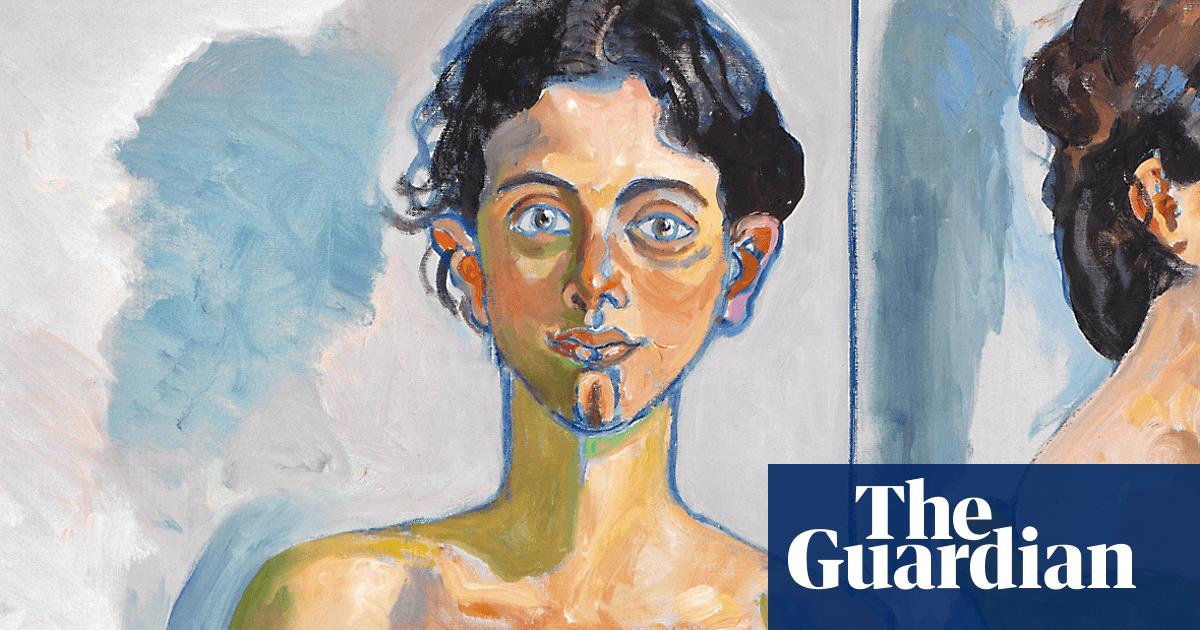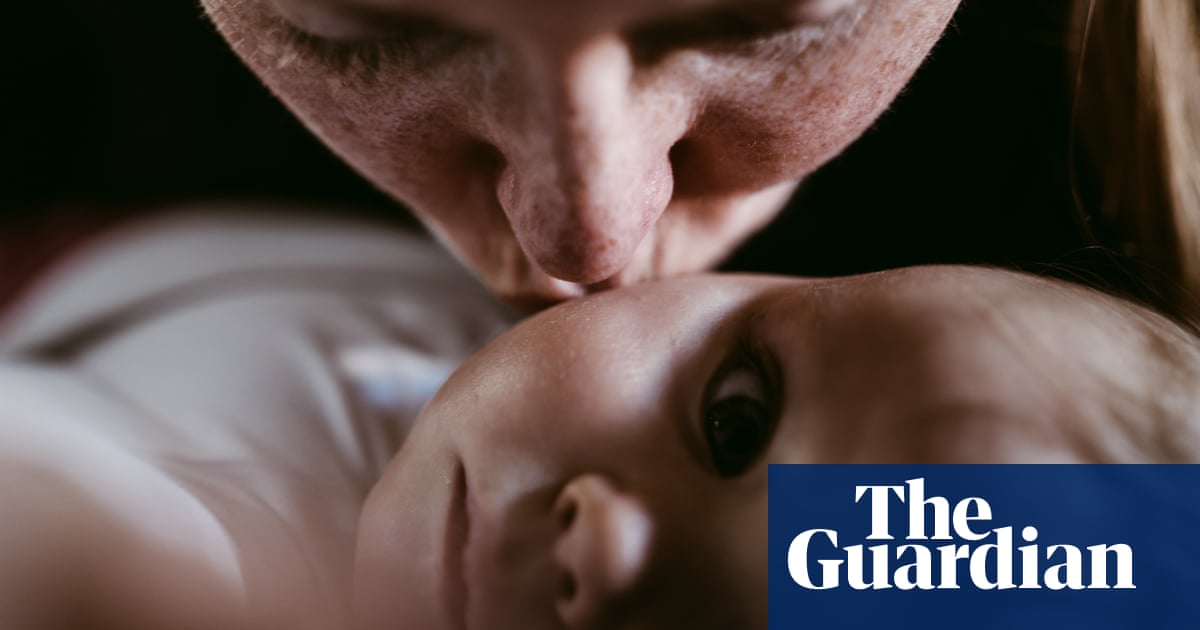
Last week, to coincide with her exhibition at the Barbican in London, I hosted a conversation about Alice Neel between the artists Chantal Joffe and Christina Kimeze. We were analysing Spanish Party (1938) when Kimeze pointed out something simple the rest of us might have missed. What at first seems like a party scene is, on closer inspection, about parent/child dynamics: each streak of fluorescent colour highlights the visibility of the children in the picture. “That makes them impossible to ignore,” Kimeze said. “You have these adults trying to have a good time, but they look miserable, like they’re going through the motions – the children are still awake! Spanish Party speaks to the complexities of trying to still do what you want after having children – the things you used to do but that just aren’t the same.”
Galleries are full of depictions of motherhood – the Madonna and Child – but so often these portrayals are idealised, symbolic rather than actualised, and from the male perspective. So how can female artists reimagine their own experiences of motherhood? “Neel made me feel that it’s possible to paint and be a mother,” Joffe tells me. “Not only that, but she makes the subject of motherhood seem legitimate.” Neel painted many aspects of motherhood – pregnancy, mothers at work, family dynamics, grief.
Neel was a mother of four. Her first daughter, Santillana, died from diphtheria just before her first birthday. Eleven months later, Neel gave birth to Isabetta, who, at 18 months, was taken from her and raised by her husband’s family in Cuba. They would only ever meet a handful of times. Almost a decade later, Neel miscarried, then went on to have two boys – Richard in 1939 and Hartley in 1940 – with different fathers. She raised her sons as a single mother.
It’s difficult to find the freedom to make art when you are parenting. Neel once recalled: “I always had this awful dichotomy … I loved Isabetta, of course I did. But I wanted to paint.” Isabetta was told that her mother had once left her on a fire escape because she was painting. Does that make Neel a bad mother?
Neel never shied away from capturing a reality of motherhood that is a far cry from art history’s immaculate expectations. Through paint, she showed the body’s uncomfortable transformations during pregnancy – as seen in Margaret Evans Pregnant, a picture of a spindly woman whose stomach looks as though it’s about to burst. Joffe said: “After centuries of men and Madonnas, suddenly here is the view from the woman herself.” But Neel’s paintings also show, perhaps due to her own traumas, how terrifying and isolating the experience can be.
We see her empathy towards other mothers, in light of her experience caring for an unwell child. One such painting is Carmen and Judy, which depicts Neel’s former cleaner as she attempts to breastfeed her disabled child, who died shortly after the painting was made. Here, Neel captures the brutality of motherhood, showing us how birth and death are closely interlinked.
Yet the topic of artists and parenthood has still not entered into the mainstream. Discussing her recent book How Not to Exclude Artist Mothers (and Other Parents), the critic Hettie Judah suggested: “While there is historic prejudice around motherhood … the issues parents face are part of a larger pattern of thoughtlessness.” The obstacles, she said, are threefold: “Enduring taboos around motherhood as a serious subject for art; cultural prejudice attached to the mother … and structural hurdles that make it hard for all caregivers to thrive within the art world.” This becomes more apparent when we consider that on average 66% of students undertaking art courses in England were women, yet 67% of artists represented by major commercial galleries in London are men.
How can we overcome these hurdles? For one, we can draw attention to the nuances of mothers’ experiences by highlighting representations, such as Neel’s, that show the varying emotional states women experience and the reality of their lives. We must go out of our way to support mothers through prizes, grants, childcare, commercial representation and centre exhibitions around the subject. Not only will this encourage new and existing mothers to pursue art, but it will allow them to feel part of the conversation.
It is thanks to Neel that the painter – and new mother – Antonia Showering knows that both roles are possible simultaneously: “Knowing her life story has always made me feel less alone,” she says. “She overcame and endured so much but this only made her more determined as a painter. Alice makes you understand you can be both a mother and an artist, and although it might not always be easy, it’s certainly doable – she did it.”












